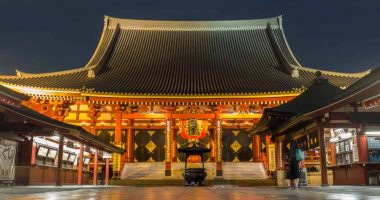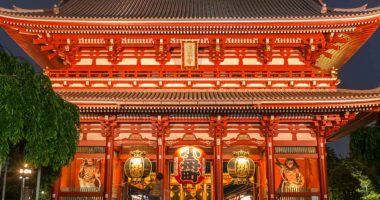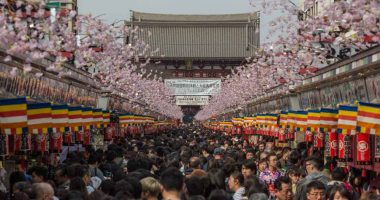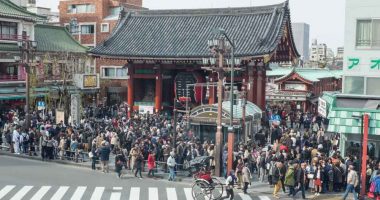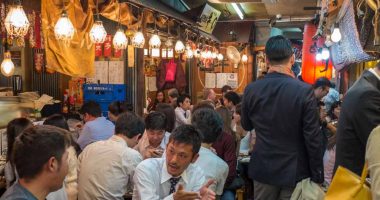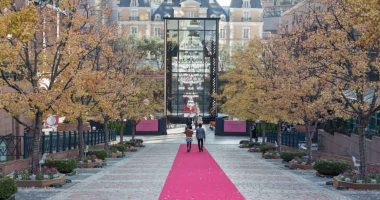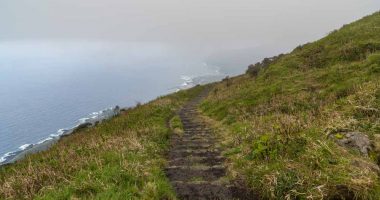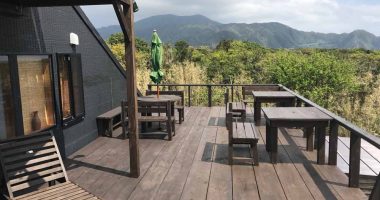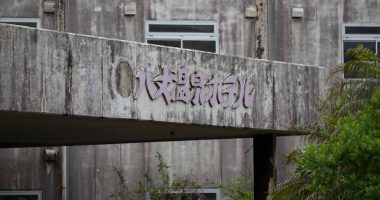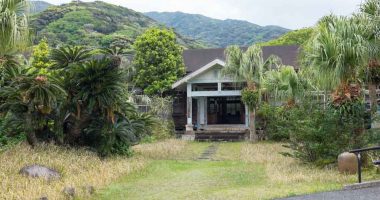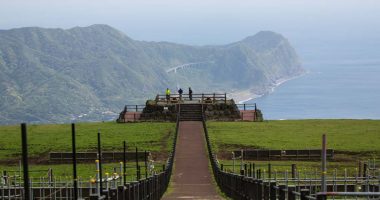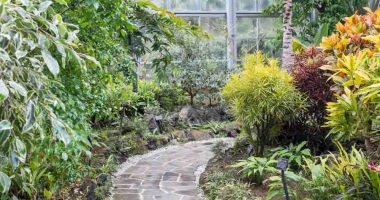Browsing Category
Things to Do
300 posts
Hozomon Gate
Magnificent inner entrance to Sensoji at south end of the Nakamise shopping street. The original gate was built in 942 but was destroyed by fire in 1631 and then again in 1945 in the Tokyo air raids, having stood for over 300 years. The structure you see today was built in 1964. The statues either side of the gate’s southern face are guardians of the Buddha.
Kaminarimon
Kaminarimon (“Thunder Gate”) is the protector of Sensoji Temple. Fujin, the god of wind, and Raijin, the god of thunder, are enshrined on the east and west side of the gate, respectively. Pass under the gate and make your way up Nakamise. As you do, be sure to look up to see the wooden carving under the large red lantern.
Hachijo Botantical Garden
Large botanical garden opened in 1962. The grounds includes greenhouse with plants native to the island, a view point, and woodland. The Hachijo Visitor Center is also located in the grounds and is a good place to start to get maps and plan what you’re going to see (you an also see the glowing mushrooms native to the island!).
